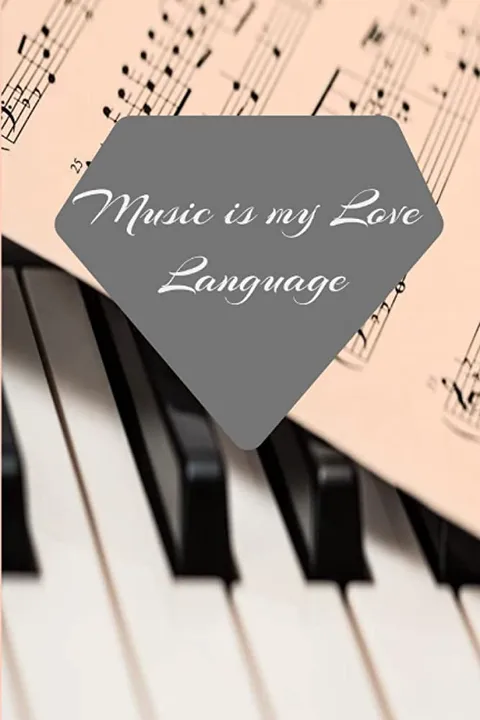
Is sheet music the same in all languages?
Exploring the Unique Qualities of Sheet Music in Different Languages
Have you ever wondered why sheet music looks and sounds so different in different languages? The answer lies in the unique qualities of sheet music in different languages.
In Western music, sheet music is written in a specific way, with standard notation and a staff of five lines and four spaces. This notation is based on the major and minor scales, which are the same in all European languages. However, in other languages such as Japanese, Chinese, and Korean, sheet music is not written in the same way. Instead, these languages use their own unique notation systems, which are based on different scales, rhythms, and chord progressions than those used in Western music.
In addition to the differences in notation, sheet music in different languages also has different expressive qualities. For example, in Chinese music, the melody is often expressed through subtle nuances in the way notes are played, which are not as common in other languages. Similarly, in Japanese music, the melody is often expressed through subtle variations in the rhythm of the notes.
Finally, sheet music in different languages may also be written in different musical forms. For example, in classical music, the pieces are often written in sonata or concerto form, while in folk music, the pieces are often written in a more improvisational form.
So, while sheet music may look and sound the same in all languages, the unique qualities of sheet music in different languages can make it a unique and exciting experience. Whether you're a musician, a composer, or an enthusiast, exploring the unique qualities of sheet music in different languages can be an educational and enjoyable experience.
How to Read and Interpret Sheet Music in Different Languages
Sheet music is a powerful tool for musicians of any experience level. Not only does it provide an easy way to learn a song, but it’s also a great way to learn about music theory, such as scales and chords. However, many people wonder if the same sheet music can be used in different languages.
The answer is yes—sheet music can be used in different languages. The notes and symbols that are used to create sheet music are universal, so the same piece of music can be interpreted in any language. However, the instructions for the piece, such as the tempo and dynamics, will need to be translated.
In order to read and interpret sheet music in different languages, you should first become familiar with the common symbols used in all music. The basic building blocks of music are notes, which are represented by a variety of symbols. These symbols include whole notes, half notes, quarter notes, and eighth notes, as well as rests. Once you understand these symbols, you can begin to read and interpret sheet music in any language.
Next, you should become familiar with the musical terms used in the language you are trying to read. These terms may include tempo indications, such as allegro or adagio, or dynamic markings, such as fortissimo or pianissimo. Once you understand these terms, you can begin to interpret the sheet music in the language you are trying to read.
Finally, you should practice reading and interpreting sheet music in different languages. This can be done by listening to recordings of the piece in the language you are trying to read, or by playing the piece yourself. As you practice, you will become more familiar with the language and the musical terms associated with it, and you will be able to more easily read and interpret sheet music in different languages.
In conclusion, sheet music is the same in all languages, but the instructions and musical terms associated with it can vary between languages. To read and interpret sheet music in different languages, you should become familiar with the common symbols and musical terms used in the language you are trying to read. With practice, you will become more familiar with the language and the musical terms associated with it, and you will be able to more easily read and interpret sheet music in different languages.
Write a comment